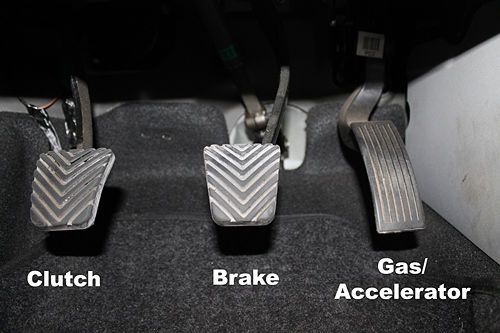Car Clutch Not Working: Troubleshooting clutch problems
Published On 9/6/2024, 7:46:53 am Author Nitesh YadavThe clutch is an integral part of a manual transmission car. It’s the link between the engine and the transmission, allowing the driver to control the vehicle’s power output. But what happens when your car clutch stops working? This blog post will guide you through the symptoms, causes, and solutions for a non-working car clutch.

Let’s identify the common symptoms that indicate a problem with the clutch:
Difficulty in Shifting Gears: If the clutch doesn’t disengage properly, it can make shifting gears difficult or even impossible. Slipping Clutch: If the clutch slips, the engine RPM will increase, but the car speed won’t. This usually happens when the clutch is worn out. Noise: If you hear a grinding or squeaking noise when you press the clutch pedal, it could indicate a problem with the clutch mechanism. Vibrations: If the clutch pedal vibrates when you use it, it could be a sign of a damaged or worn-out clutch.
Common Causes of a Non-Working Clutch
Several issues can lead to a non-working clutch. Some of the most common include:
Worn Out Clutch: Over time and with regular use, the clutch plate can wear out, leading to slippage or difficulty in gear shifting. Faulty Clutch Cylinder: The clutch master or slave cylinder can fail, preventing the clutch from disengaging properly. Broken Clutch Cable: If the clutch cable breaks, the clutch won’t disengage, making it impossible to change gears. Leaking Fluid: If there’s a leak in the hydraulic line, the clutch might not disengage properly.
Solutions for a Non-Working Clutch
If you’re experiencing any of the above symptoms, it’s time to take action. Here are some potential solutions:
Replace the Clutch: If the clutch is worn out, it will need to be replaced. This is a job for a professional mechanic. Repair the Clutch Cylinder: If the problem lies with the clutch master or slave cylinder, these components may need to be repaired or replaced. Replace the Clutch Cable: If the clutch cable is broken, it will need to be replaced. This is a relatively simple job that many car owners can do themselves. Fix the Leak: If there’s a leak in the hydraulic line, the leak will need to be located and fixed, and the hydraulic fluid will need to be topped up.
Understanding Your Car to Avoid Being Conned
While it’s important to leave repairs to the professionals, having a basic understanding of your car and its parts can help you avoid being taken advantage of. Here’s what you can do:
**Know the Basics: **Understand the basic parts of your car and their functions. This includes the engine, transmission, brakes, and more.
**Understand Common Problems: **Familiarize yourself with common car problems and their symptoms. This can help you identify when something is wrong.
Ask Questions: Don’t hesitate to ask your mechanic questions. A good mechanic will be able to explain the problem and necessary repairs in a way you can understand.
Get a Second Opinion: If you’re unsure about a diagnosis or the cost of repairs seems too high, don’t hesitate to get a second opinion.
















